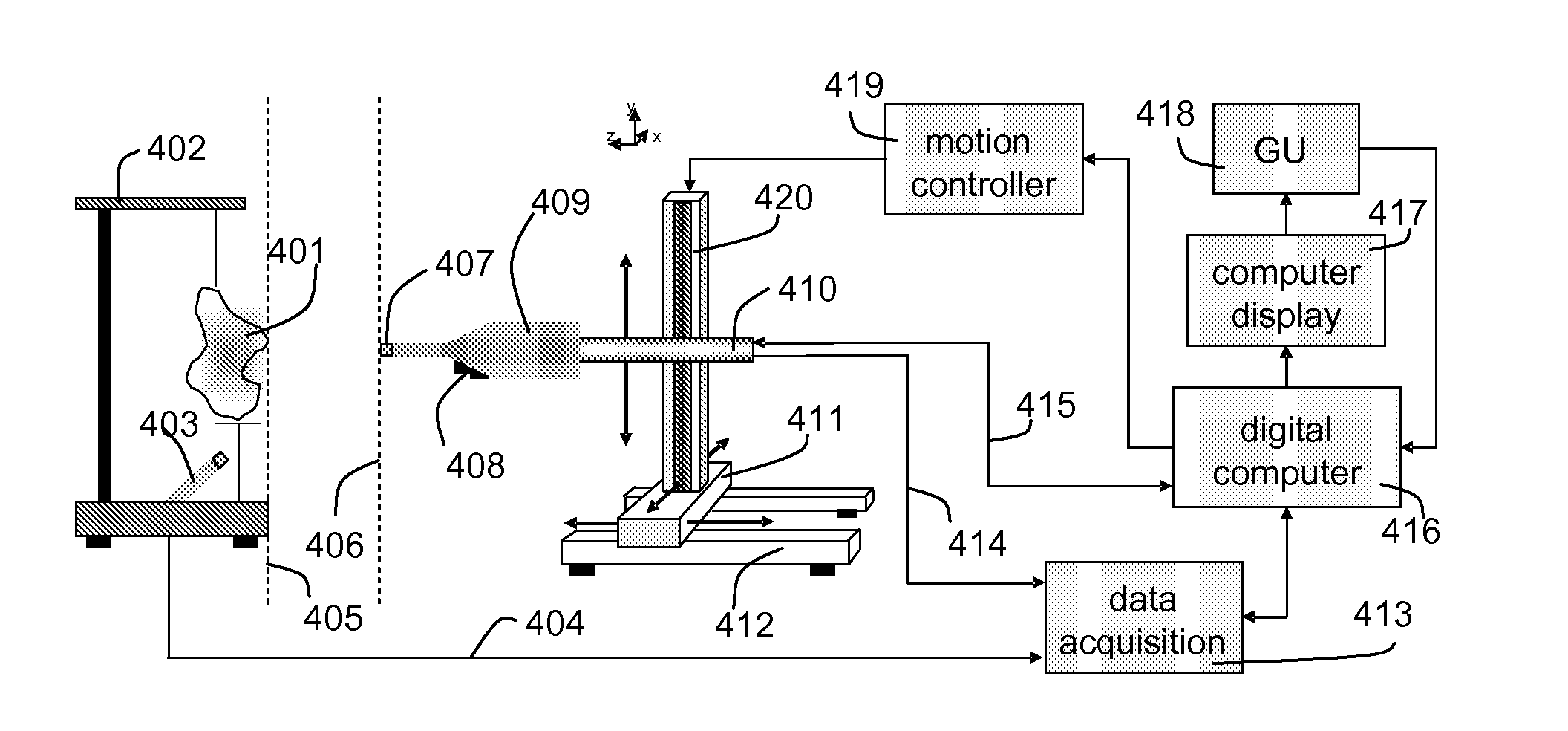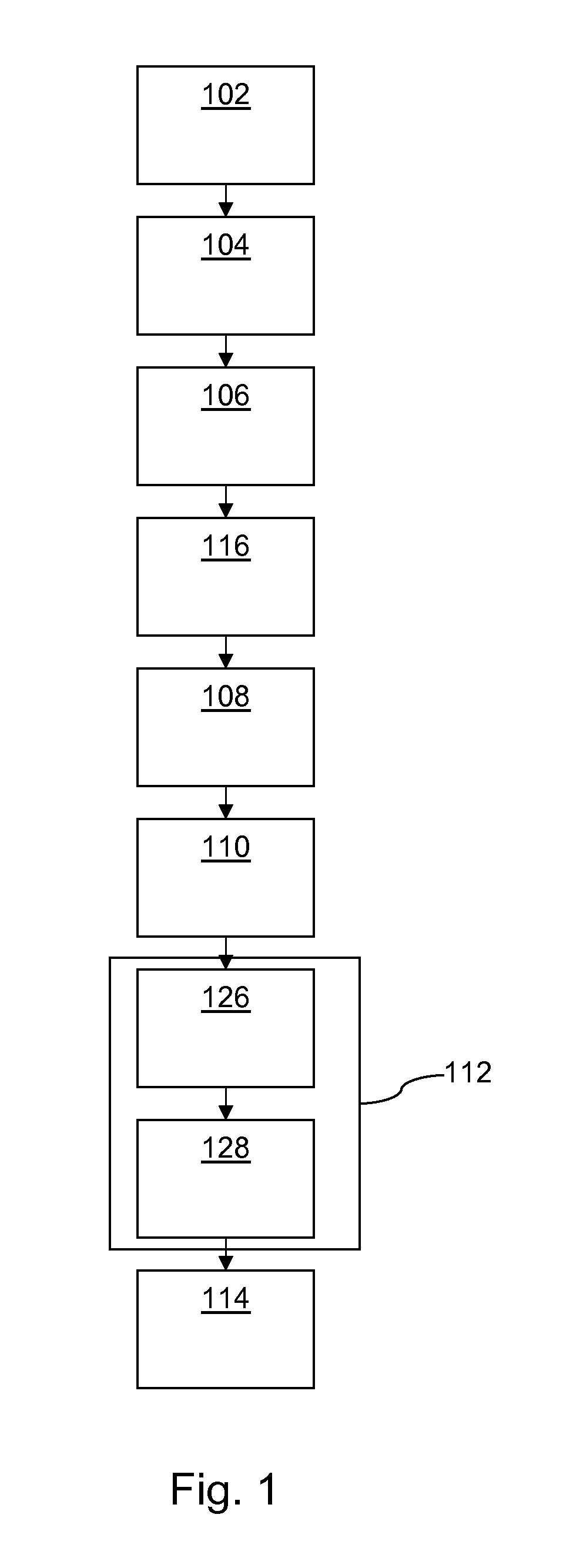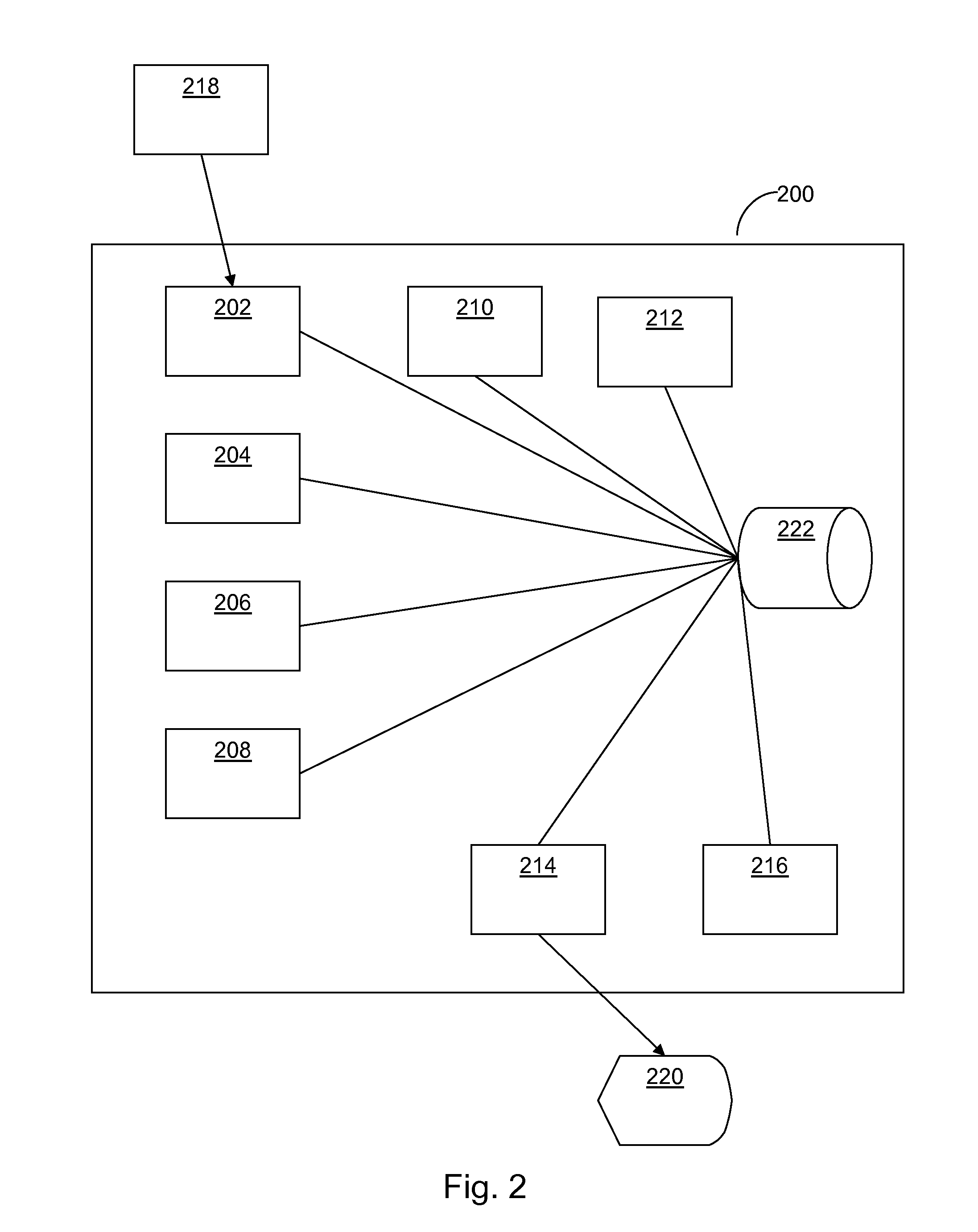Acoustic holography
- Summary
- Abstract
- Description
- Claims
- Application Information
AI Technical Summary
Benefits of technology
Problems solved by technology
Method used
Image
Examples
Embodiment Construction
[0041]In this description, aspects of automated near-field sound imaging technology will be disclosed. Some of the features explained herein help to automate the system. Some features help to improve the resolution or general quality of the reconstruction.
[0042]Automated spatial set-up (prior to measurement), applying spatial anti leakage (e.g. using linear predictive border-padding), and automated regularization (using cut-off and slope iteration) may help to automate the procedure because they can be performed without substantial interaction with an operator. Also, these techniques may improve the quality of the reconstruction. Moreover, high precision sensor placement facilitates high-resolution near-field acoustic holography (NAH).
[0043]Advanced spatial source contour identification, using a plane z=0, wherein all sound sources are assumed to be on one side of the plane, whereas the measurements are performed on another side of the plane, helps to identify the sources. This may ...
PUM
 Login to View More
Login to View More Abstract
Description
Claims
Application Information
 Login to View More
Login to View More - R&D
- Intellectual Property
- Life Sciences
- Materials
- Tech Scout
- Unparalleled Data Quality
- Higher Quality Content
- 60% Fewer Hallucinations
Browse by: Latest US Patents, China's latest patents, Technical Efficacy Thesaurus, Application Domain, Technology Topic, Popular Technical Reports.
© 2025 PatSnap. All rights reserved.Legal|Privacy policy|Modern Slavery Act Transparency Statement|Sitemap|About US| Contact US: help@patsnap.com



